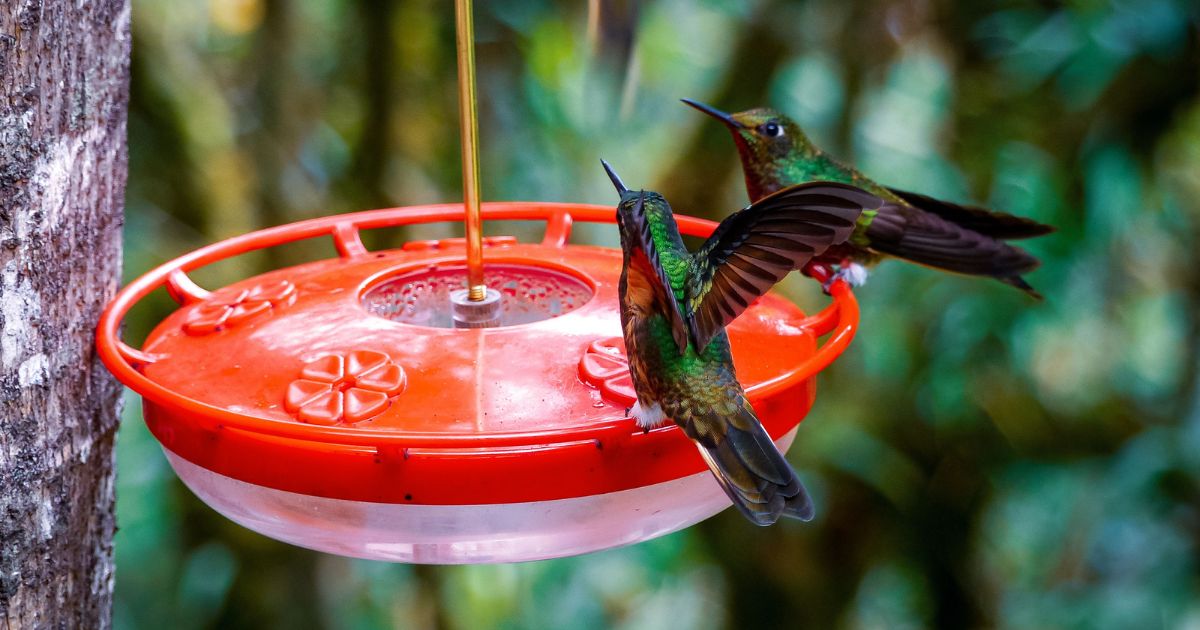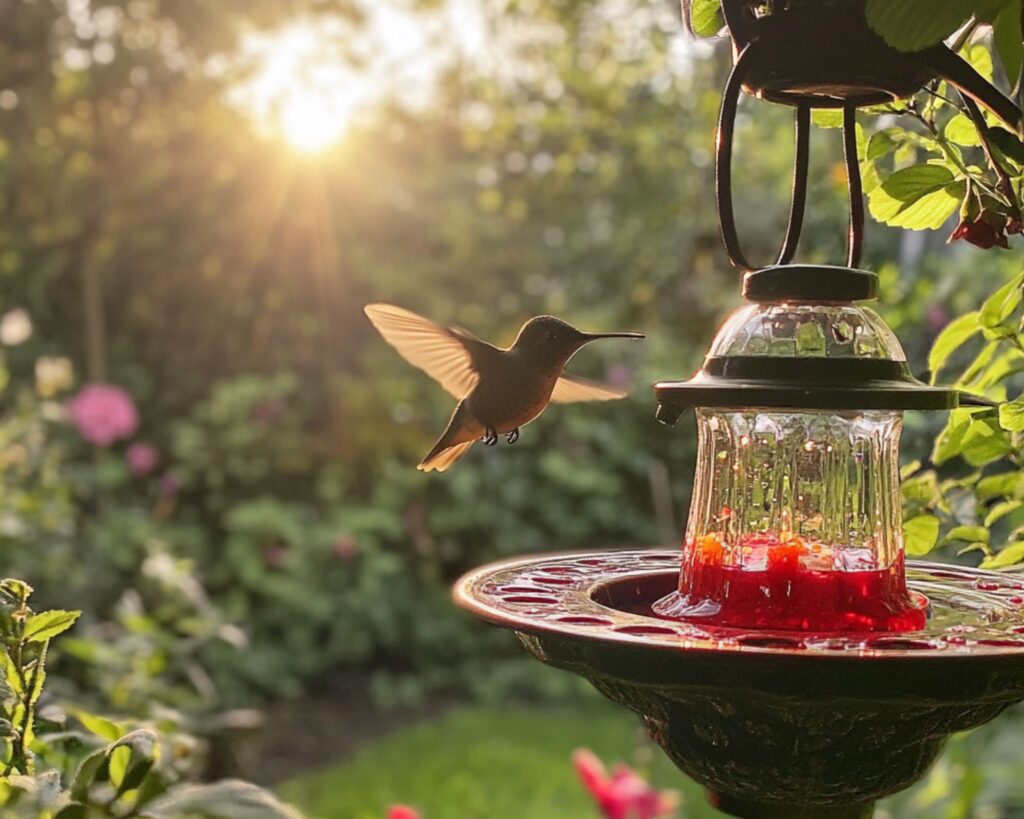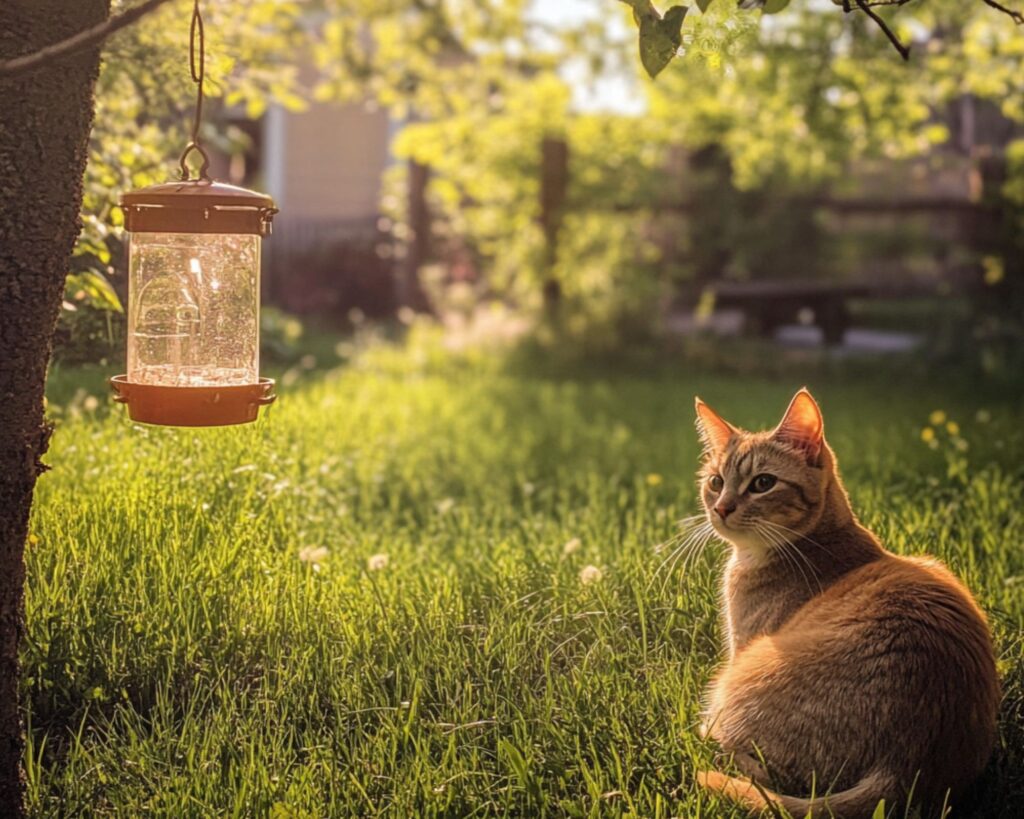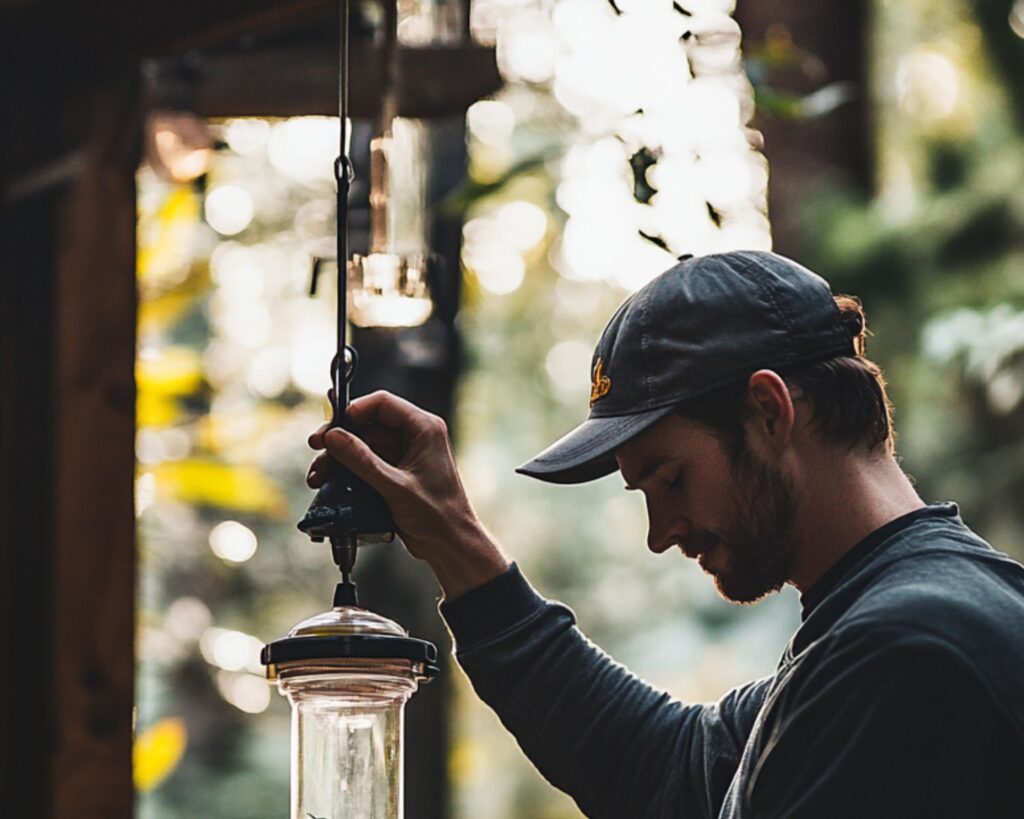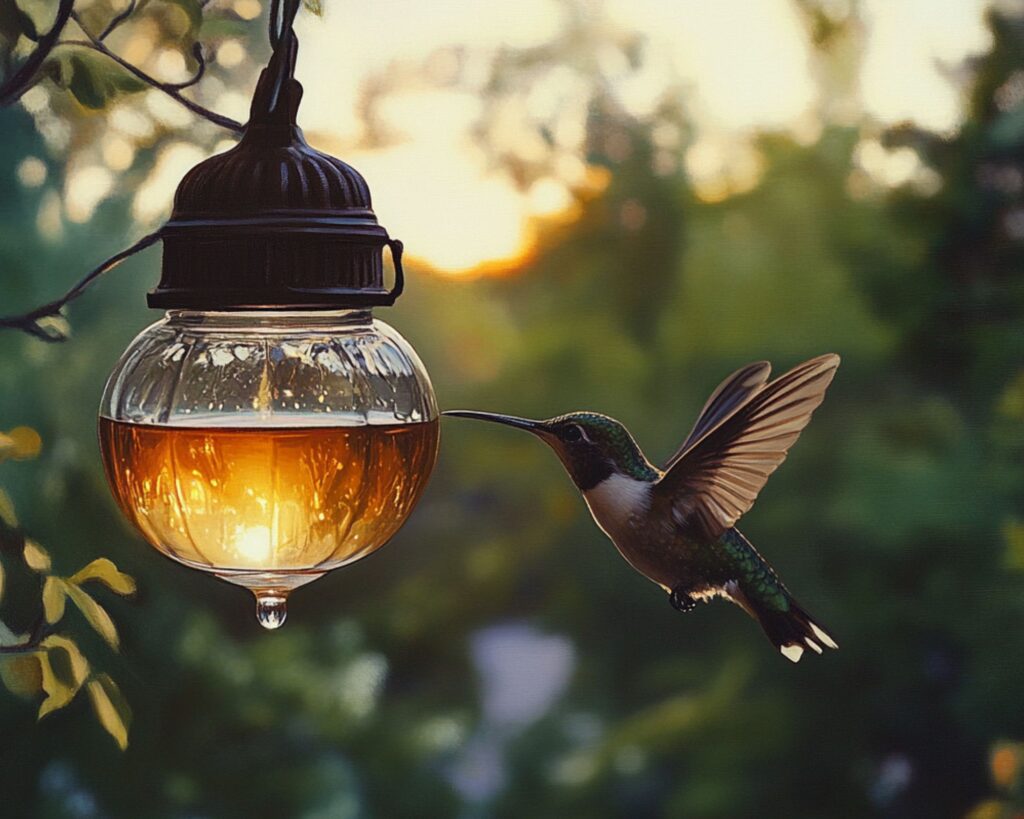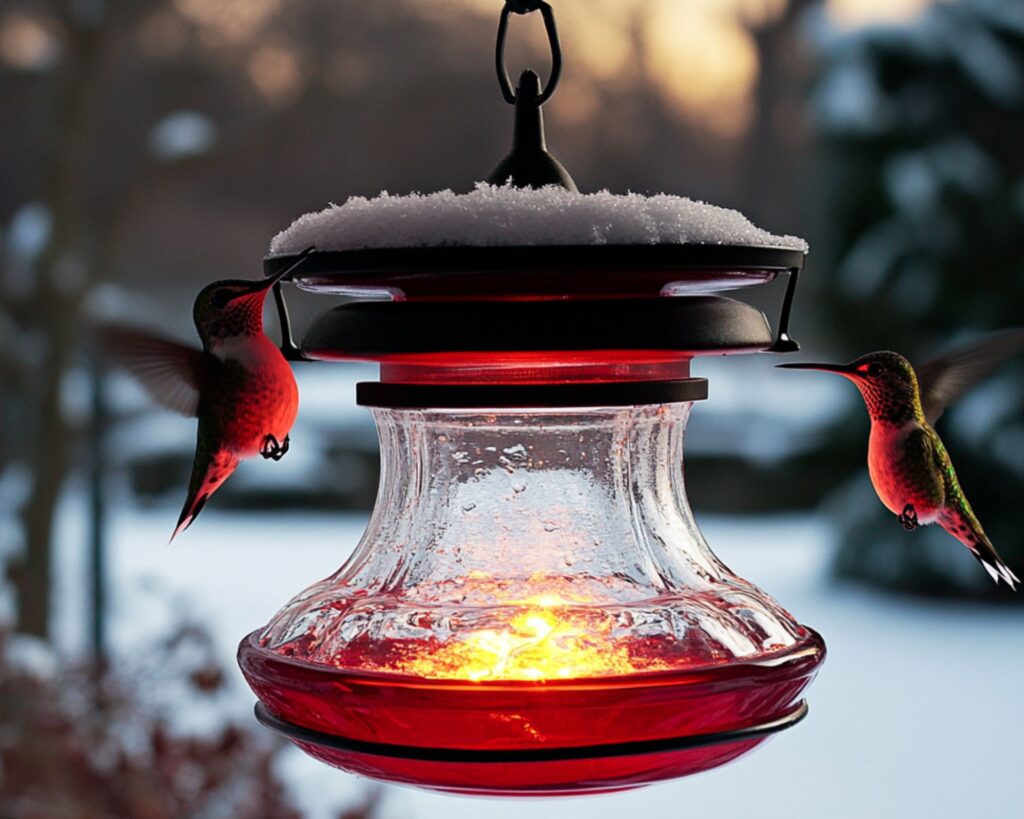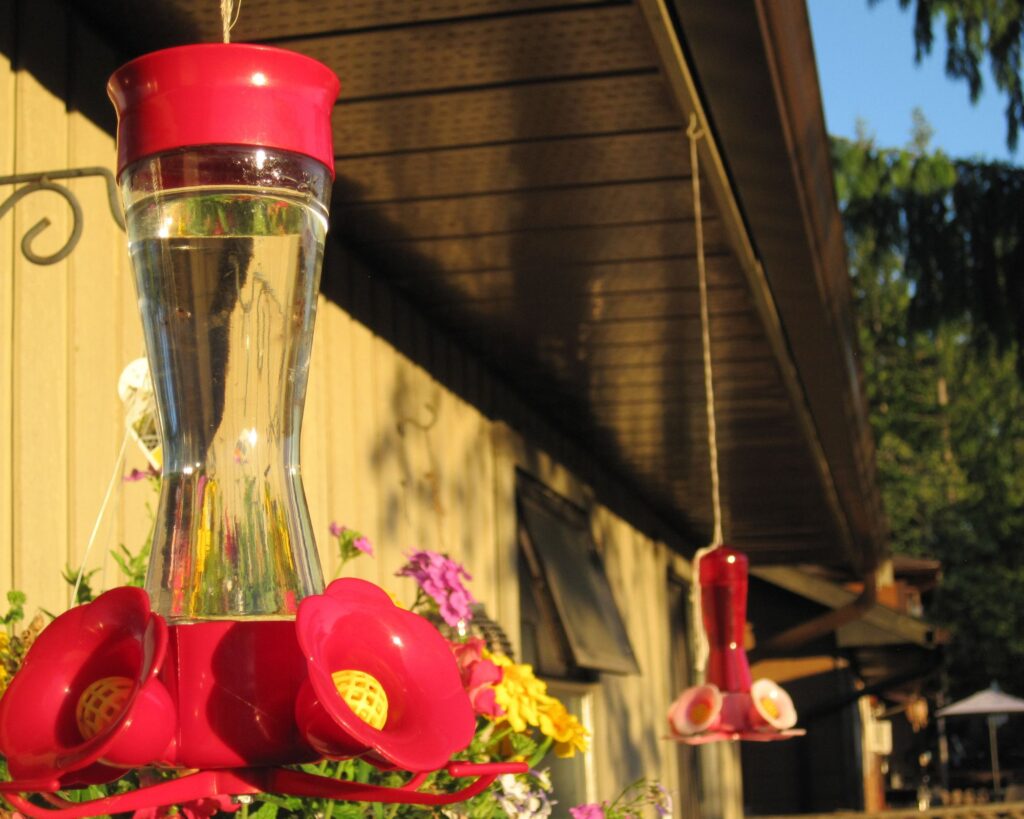Discover how to attract more hummingbirds to your garden by avoiding these common feeder mistakes.
Hummingbirds are fascinating creatures, and having a feeder can bring them up close for observation.
However, some common pitfalls can deter these little visitors. By addressing these mistakes, you can provide a safe and inviting space for hummingbirds to enjoy.
1. Using Red Dye in Nectar
Many believe that adding red dye to nectar will attract more hummingbirds, but this is a myth. The dye can be harmful to hummingbirds, affecting their digestive systems. Instead, use a feeder with red accents to catch their eye and fill it with a simple sugar-water solution: four parts water to one part white sugar. This mix mimics the natural nectar they seek.
2. Placing Feeders Near Predators
Hummingbirds are tiny and vulnerable to predators like cats and larger birds. Ensure your feeder is placed in an open area, away from low-hanging branches or places where cats can hide. This will give hummingbirds a safe space to feed without the threat of being caught by predators.
3. Ignoring Ants and Insects
Ants and other insects can quickly become a nuisance at your feeder, deterring hummingbirds from visiting. To avoid this, use ant moats or insect-proof feeders. Regular cleaning of the feeder prevents insects from becoming a problem and keeps the nectar fresh and inviting for hummingbirds.
4. Not Cleaning Feeders Regularly
Dirty feeders can breed mold and bacteria, which are harmful to hummingbirds. Clean your feeder thoroughly every few days, especially in hot weather. Use hot water and a weak vinegar solution to scrub away any residue, ensuring the feeder is safe and hygienic for your feathered friends.
5. Using Honey or Artificial Sweeteners
While it may seem like a natural choice, honey can ferment faster than sugar and lead to dangerous fungi. Artificial sweeteners, on the other hand, don’t provide the necessary calories. Stick to the tried-and-true sugar-water mixture to keep the hummingbirds healthy and happy.
6. Feeding Only in Warm Months
Some hummingbird species migrate while others stay year-round. Keeping feeders out during colder months can provide essential nourishment for non-migratory hummingbirds. Make sure to prevent the nectar from freezing by using heated feeders or bringing the feeder indoors overnight.
7. Overcrowding Feeders
Too many feeders in a small area can cause stress and territorial disputes among hummingbirds. Spread feeders out to give each bird enough space to feed peacefully. This not only reduces conflict but also increases the chances of attracting more hummingbirds to your garden.
